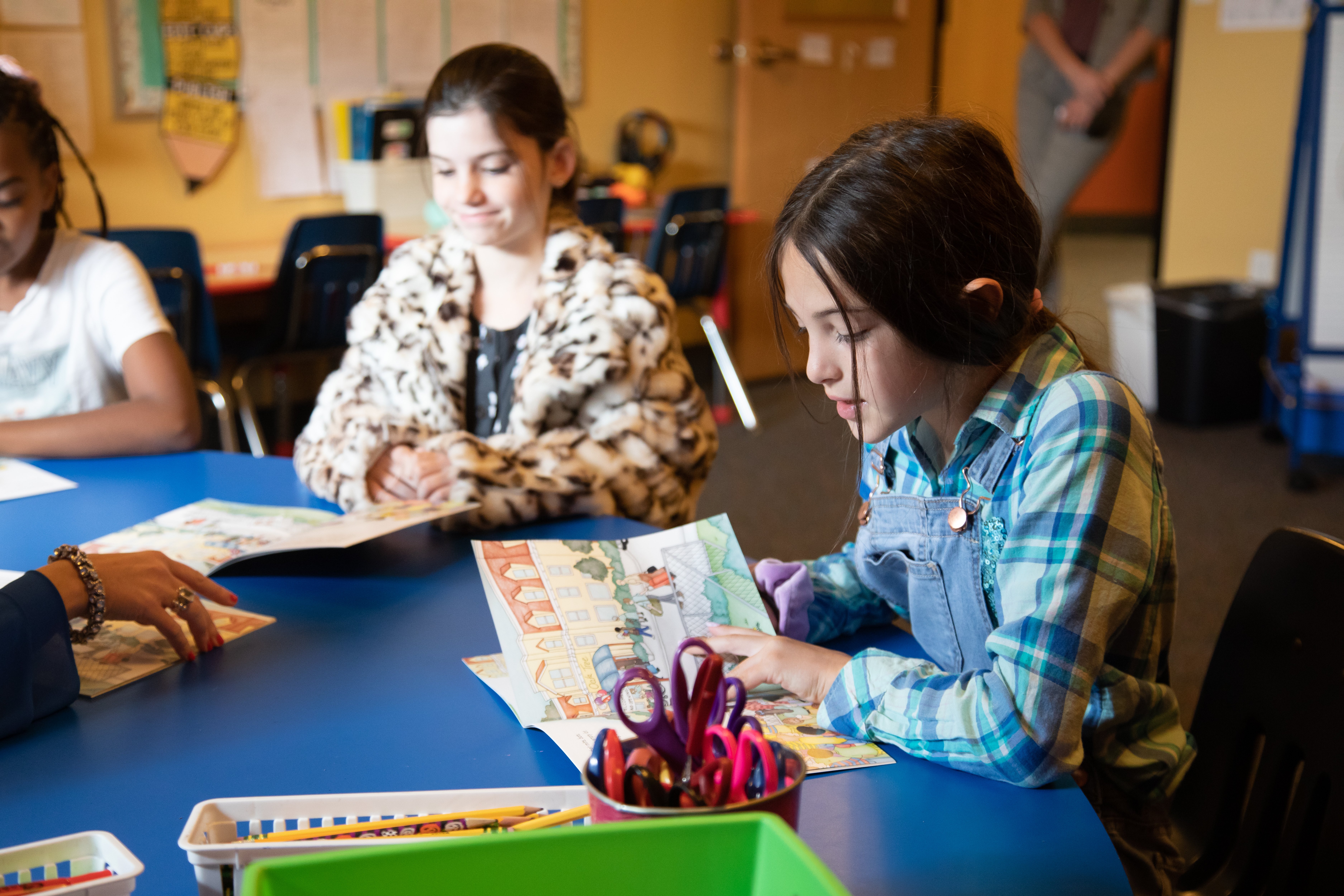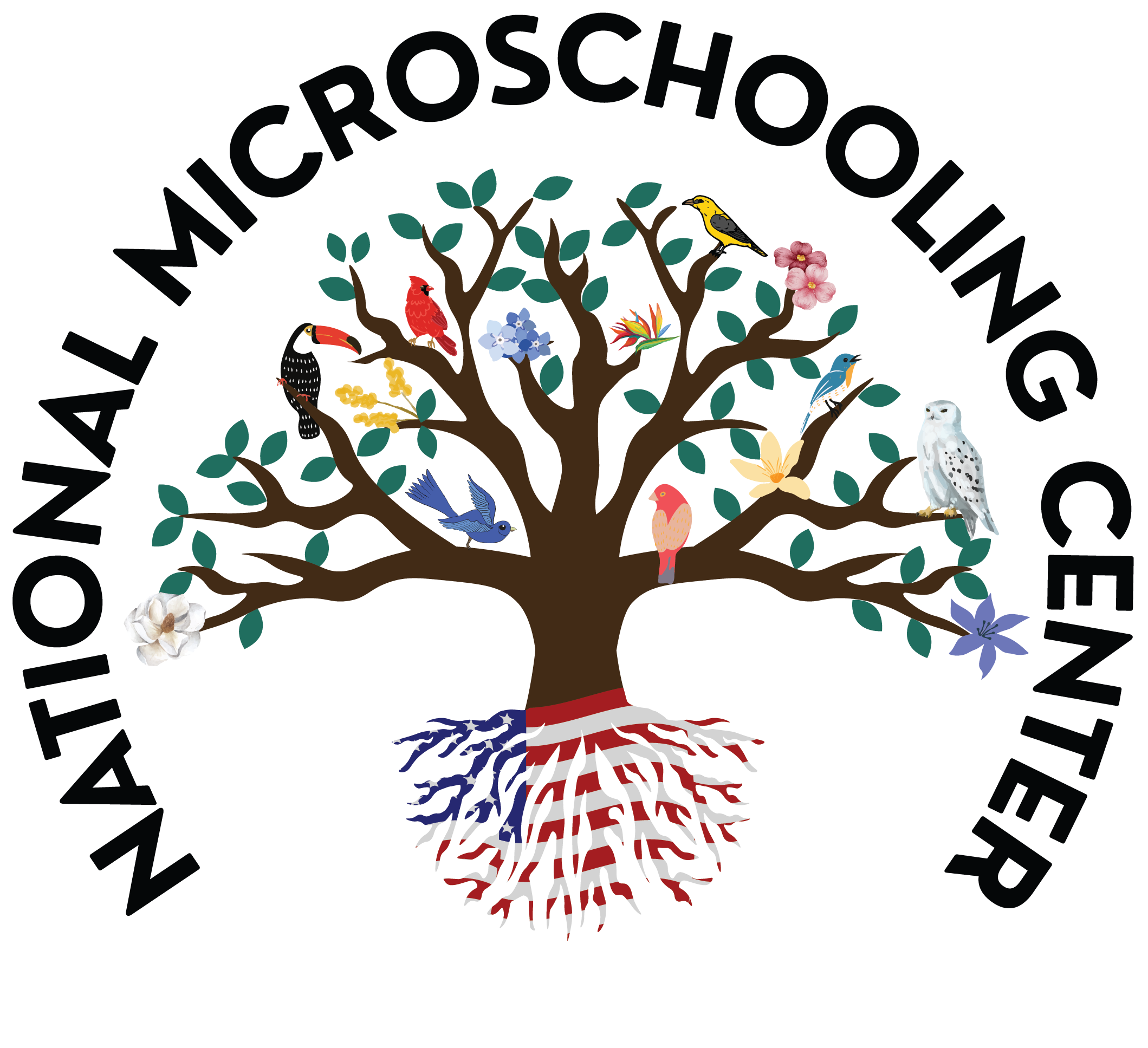4 min read
How Microschools Can Offer Solutions to Traditional Education Challenges
Dr. Jill Dunlap Brown : Apr 23, 2025 12:15:38 PM

In recent years, microschools have gained traction as a viable alternative to the traditional K-12 educational model. These small, often personalized learning environments are emerging as a solution to many of the longstanding challenges faced by larger, traditional schools. The barriers to success that educators, students, and administrators encounter in traditional schools — such as staff turnover, high material costs, inadequate teacher training, large class sizes, and rigid grade-level structures — are often difficult to overcome within traditional school models. Microschools, with their flexibility and individualized approach, present an innovative approach to education that has great potential to tackle these challenges head-on.
1. Reducing Staff Turnover and Re-Energizing our Profession
Staff turnover in traditional schools is a persistent issue, leading to a lack of consistency in students’ learning experiences. This has become even more pronounced since COVID, and does not appear to be changing. Studies show that teacher burnout, large class sizes, and insufficient support are major contributors to this turnover. Microschools are typically smaller in size with a greater ratio of adult to child support. Educators are not leaving the traditional model because they don’t want to teach anymore. Educators are leaving the traditional model because they don’t want to be in the current system anymore.
In a microschool setting, educators often have the opportunity to focus on smaller groups of students, creating a more manageable workload and offering a greater sense of community and fulfillment for teachers and students. Teachers are not bogged down by bureaucratic or political pressures, giving them more autonomy and the ability to shape the curriculum based on the needs of their students. The sense of belonging, reduced stress, and professional autonomy in microschools increases educator job satisfaction, and restores their energy and enthusiasm for the work.
2. Managing Costs
Microschools can offer a more cost-effective solution to traditional schooling. With fewer students and smaller facilities, microschools can take advantage of digital tools, open-source software, online educational platforms, and community-based resources that don’t require large budgets. Further, organizations, such as the National Microschooling Center, work directly with education companies to provide pricing that fits microschool needs and budgets. This option is an excellent opportunity for microschools to receive resources, support, and training for very reasonable costs.
The smaller, focused environment allows for more sustainable resource usage — fewer physical supplies are needed, and shared tools or materials can be used for longer periods across students. This can lead to reduced waste and more effective resource allocation.
3. Targeted and Ongoing Teacher Training
Traditional schools often face challenges in providing consistent and high-quality professional development for their teachers. With large districts and limited budgets, training sessions can be impersonal, one-size-fits-all, and disconnected from teachers' immediate needs. In contrast, microschools provide a setting where professional development can be highly tailored and relevant.
Because microschools typically operate with smaller teams, professional development can be an ongoing and collaborative process. Teachers share best practices, receive immediate feedback from colleagues, and engage in regular, focused training sessions that meet the needs of the specific student population they serve. The flexibility of microschools allows teachers to explore innovative teaching techniques without the pressure of conforming to a rigid district-wide curriculum. As a result, teachers are better equipped to meet the needs of their students, which directly translates into a better educational experience for everyone involved.
4. Managing Smaller Class Sizes
One of the most challenging issues in traditional schools is the size of classrooms. In many districts, it’s not unusual for teachers to be responsible for 30 or more students at once, a scenario that makes it nearly impossible to provide individual attention to students. This issue becomes even more pronounced in schools that serve diverse populations with varying academic needs.
Microschools are designed to keep class sizes small, often consisting of no more than 10 to 15 students. This allows for a more personalized, hands-on approach to teaching and learning. Teachers can address the unique needs of each student, helping them progress at their own pace, while also providing more time for enrichment activities and interest-based activities. Smaller class sizes foster a sense of community and accountability, where students can build deeper relationships with one another and their teachers. The positive social-emotional impacts on students are often highlighted by microschool founders, who note that students are rediscovering joy in learning within environments where they feel safe, supported, and confident.
5. Embracing Multi-Age Classrooms
Traditional education systems tend to group students strictly by age and grade level, which can be limiting for both students and teachers. This system often assumes that all students within a particular grade level should be at the same academic level, despite individual differences in learning styles, abilities, and interests.
Microschools often embrace a multi-age model, where students of varying ages and developmental stages learn together in a more fluid, collaborative environment. This approach offers a host of benefits. Younger students can learn from older peers, fostering mentorship and teamwork, while older students can solidify their learning by teaching and assisting younger students. Additionally, multi-age classrooms cater to a more individualized approach to learning, as students are not expected to learn the same content at the same time, but instead progress at their own pace. Further, it more closely mimics real life, where we all work together despite age and ability level. Learning how to draw strengths from peers is a skill that will serve them far beyond the schooling years.
This flexibility enables educators to focus on skill development and mastery, rather than rigid grade-level progression. It also reduces the pressure of standardized testing and allows for a more holistic educational experience.
6. A Personalized Approach to Learning
Perhaps one of the most important ways in which microschools combat traditional barriers is through their personalized approach to education. In a traditional classroom, students are often expected to fit into a standardized mold, with lessons and activities designed for the “average” student. This can be a frustrating experience for those who fall outside the norm, whether they are struggling to keep up or need more challenges to stay engaged.
Microschools offer the opportunity to create individualized learning plans for each student, allowing them to progress at their own pace and according to their interests. Teachers in these environments can provide customized instruction, tailoring lessons to meet the needs of each student while also offering opportunities for exploration and creativity.
Conclusion: The Promise of Microschools
As traditional schools continue to face challenges such as staff turnover, high costs, large class sizes, and inflexible curriculum and structures, microschools represent an exciting opportunity to redefine education. By focusing on smaller class sizes, individualized learning, and a more flexible approach to teaching and materials, microschools provide a solution to many of the barriers that hinder the success of traditional educational systems. For parents and educators looking for alternatives that promote deeper engagement, lower turnover, and a more personalized learning experience, microschools offer a promising model that may just be the future of education.
.jpg)
Stuff You Didn't Know About Microschools (Part 1)
How do microschools demonstrate their impact? In all sorts of different ways that matter to their most important stakeholders.
.jpg)
The "Get to Know 5" Bold Microschool Predictions for 2023
What will 2023 hold for America’s microschooling movement? As this phenomenon has gained prominence in the nation’s education landscape, much...

.jpg)